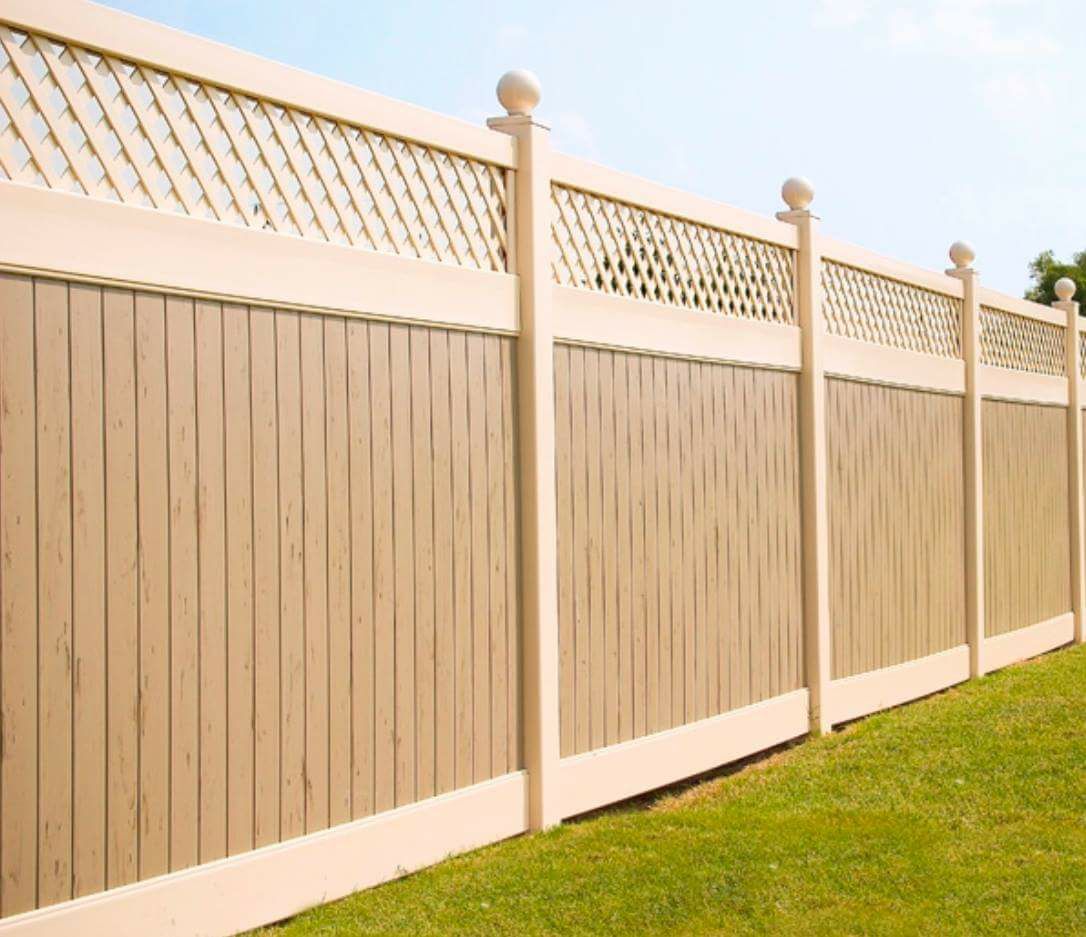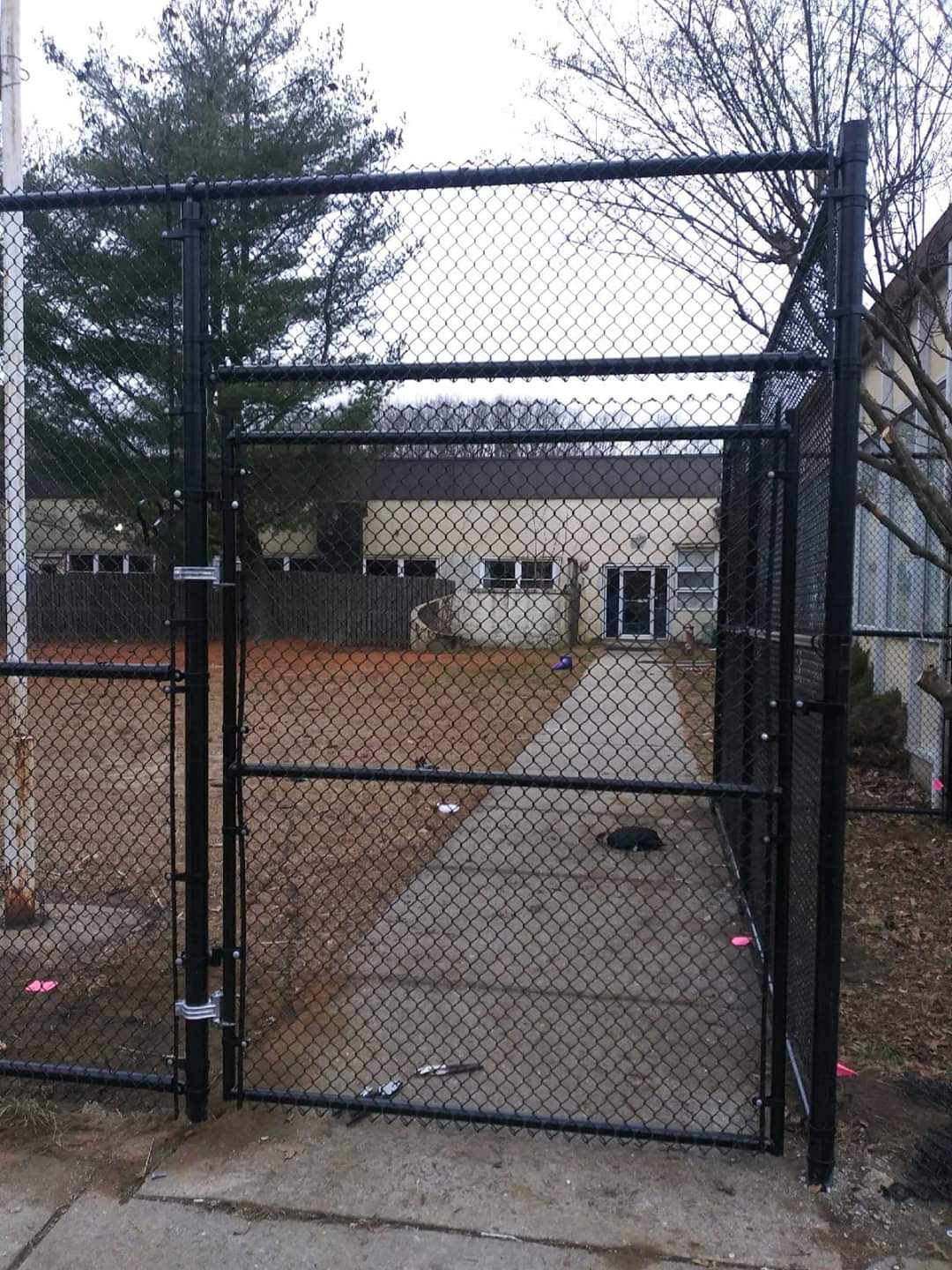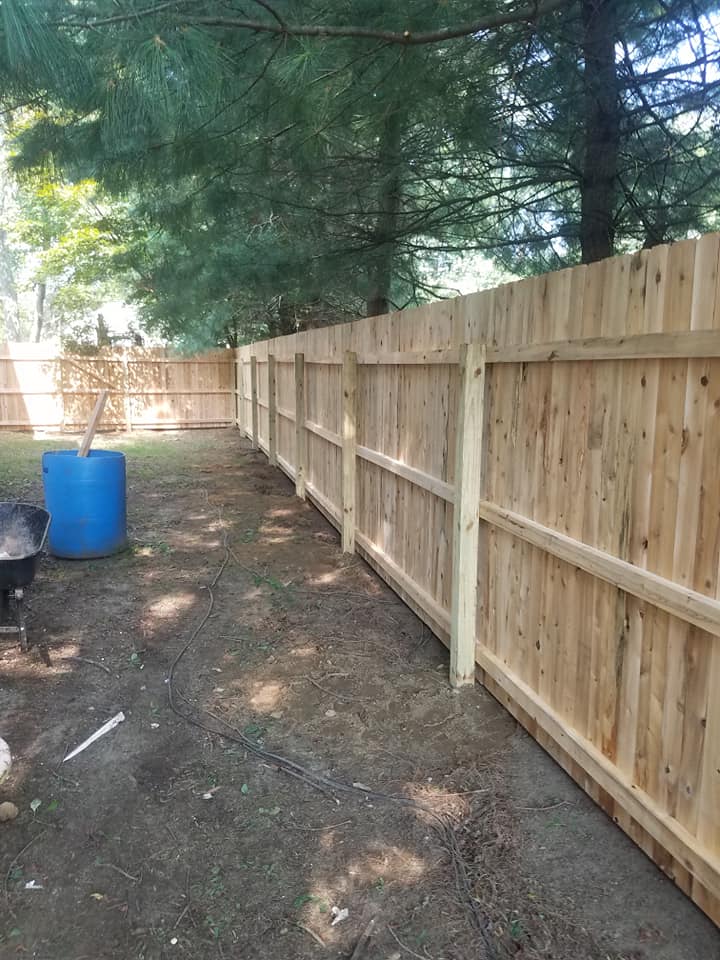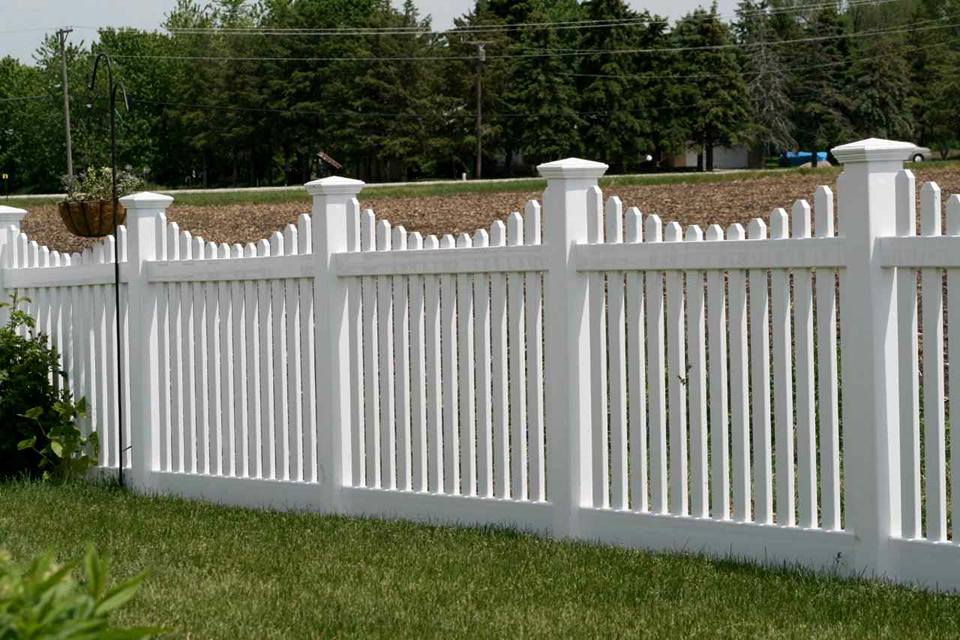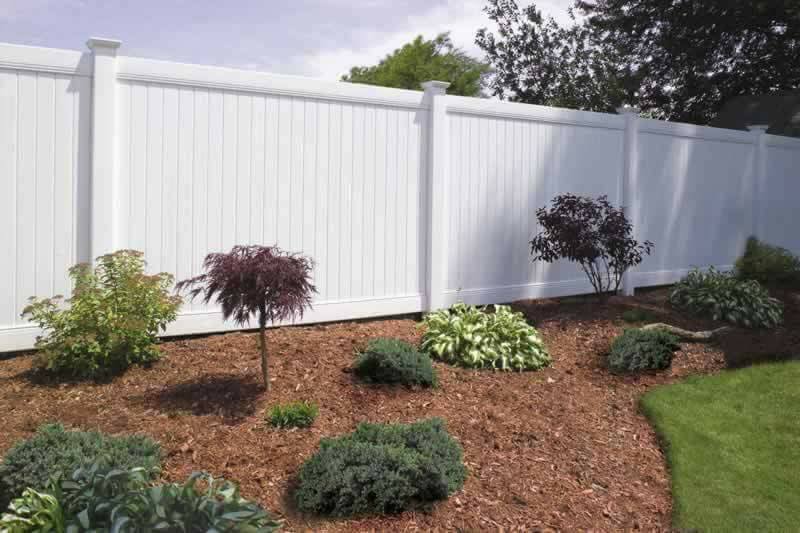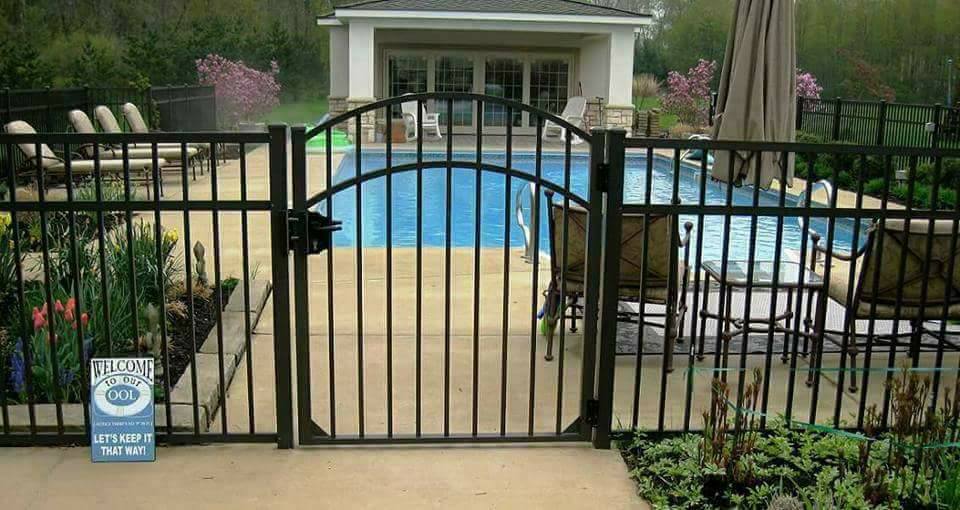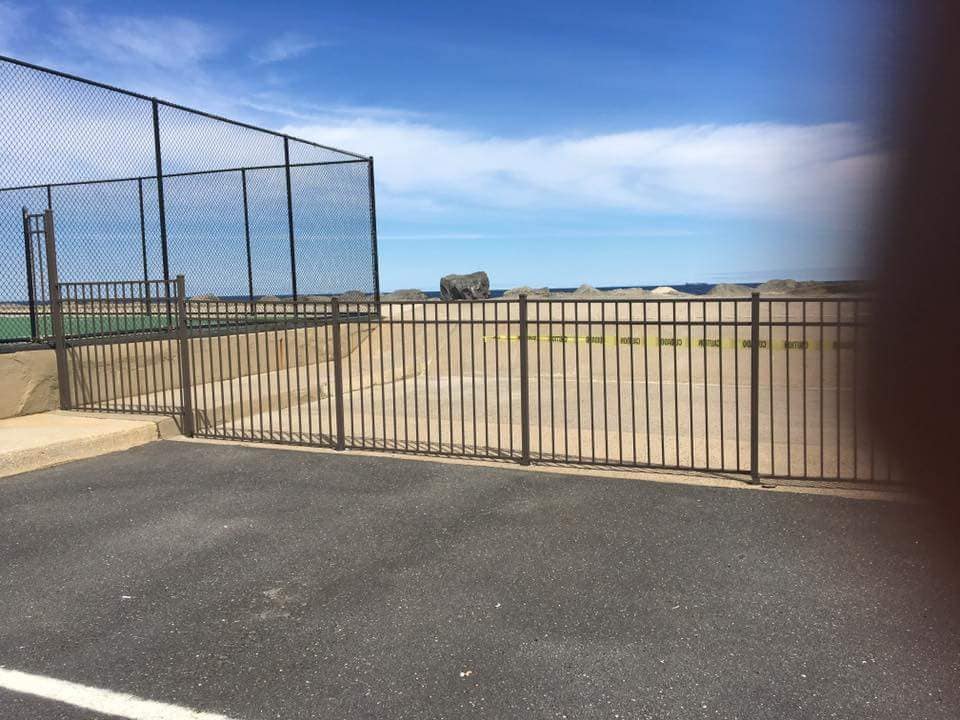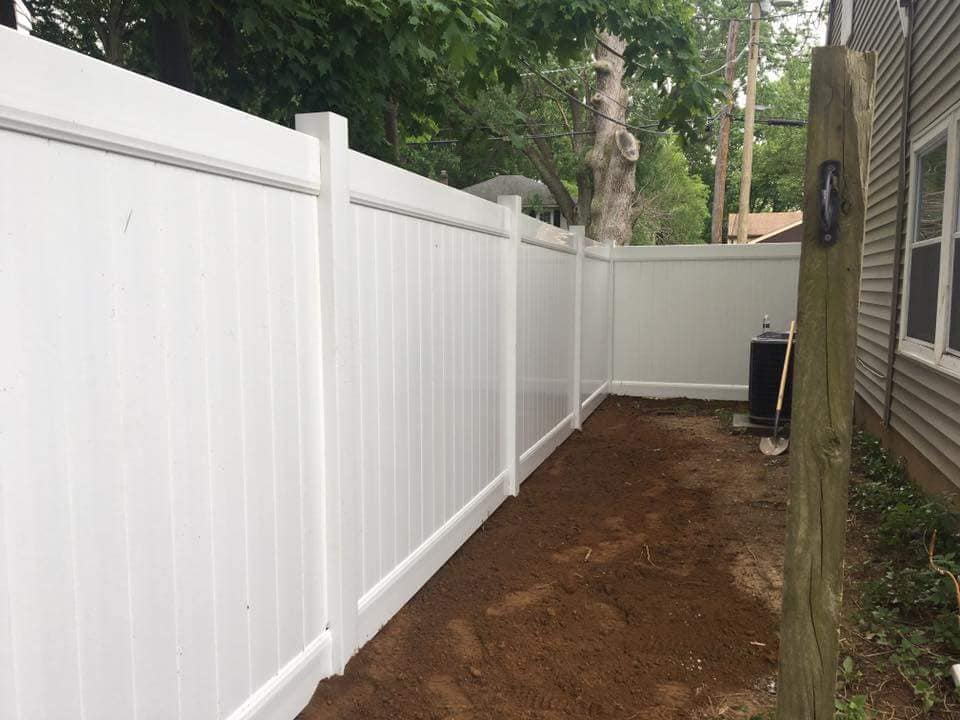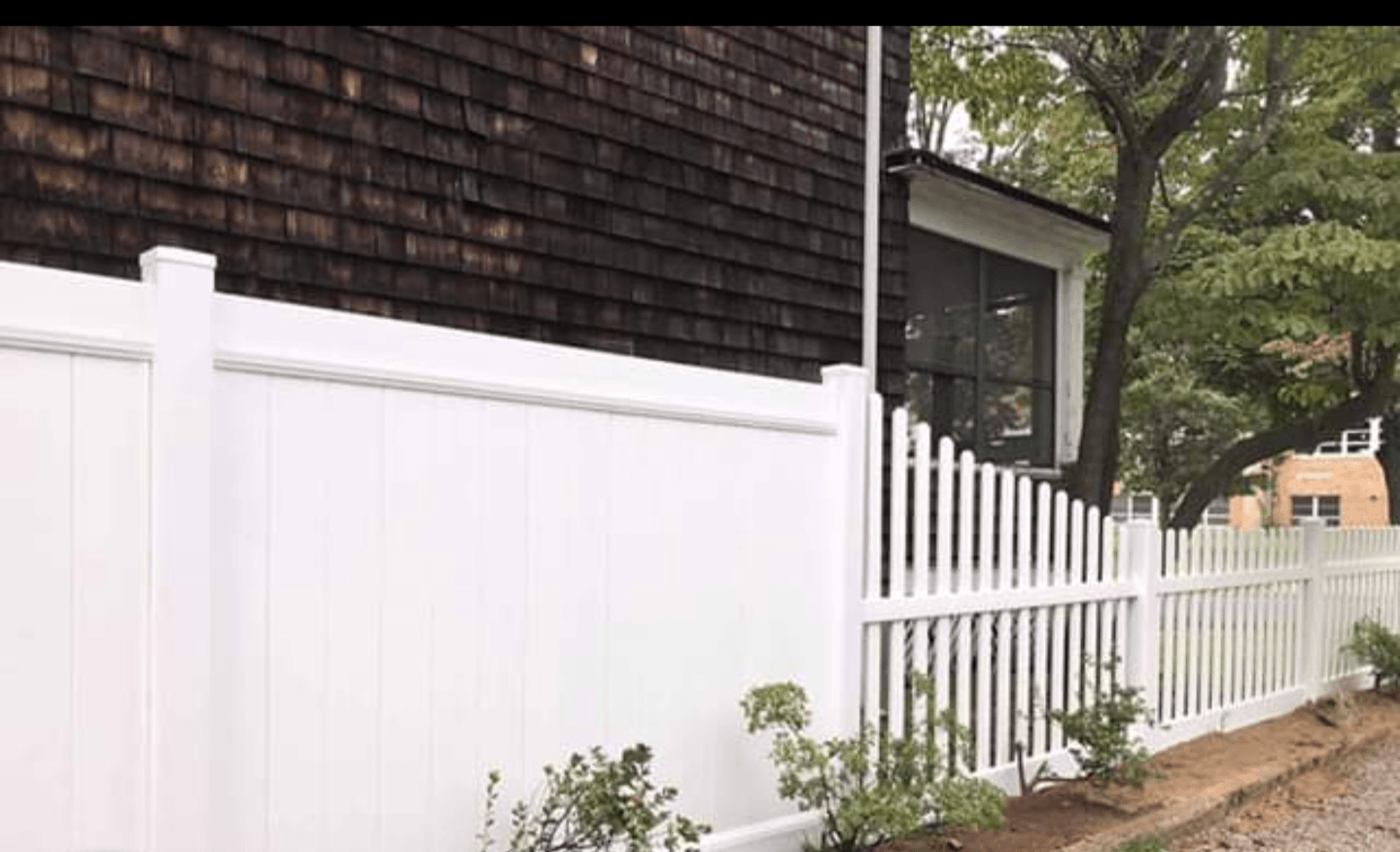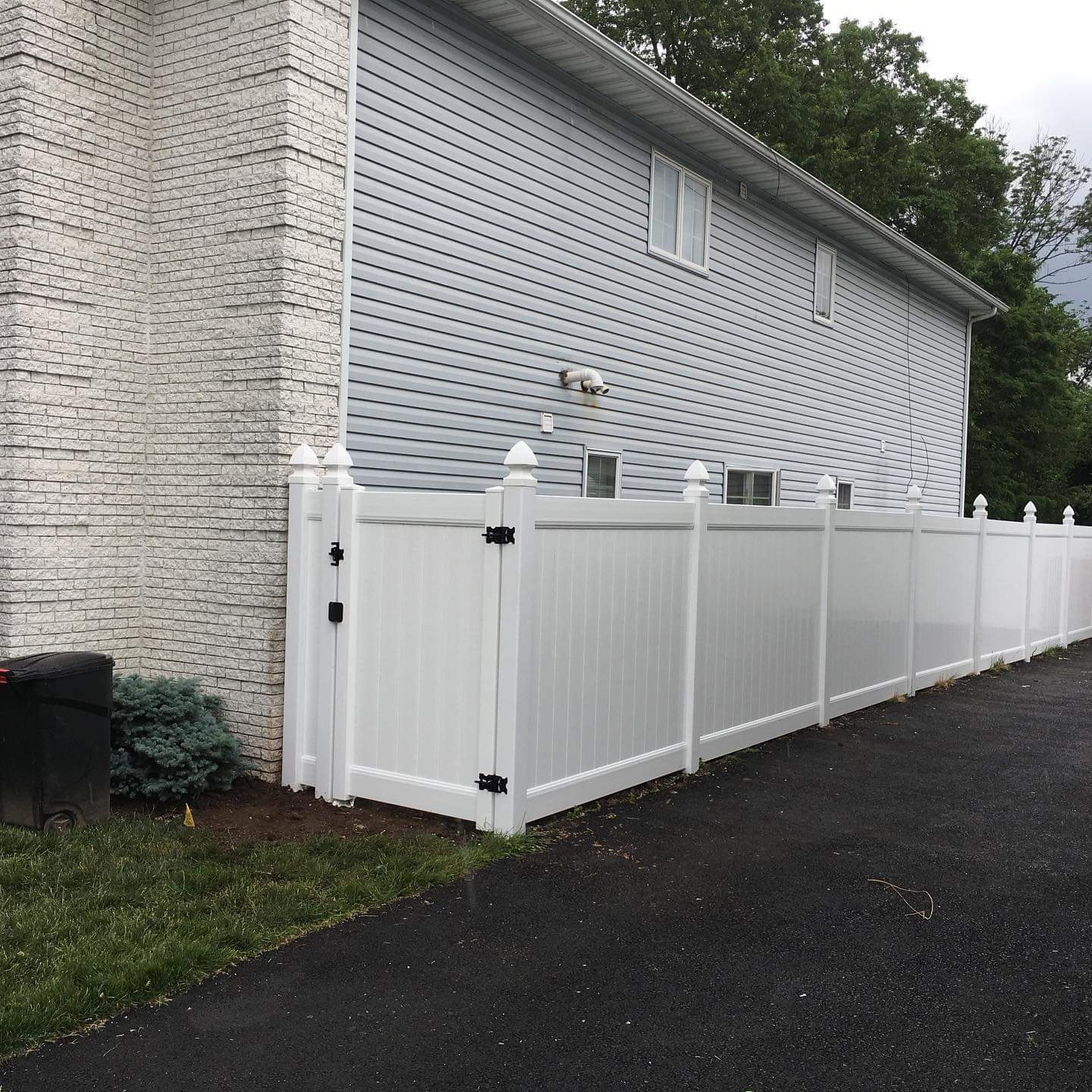How to Choose Between Painting and Staining Your Fence in Monmouth County, New Jersey
Get a Free Quote! (732) 400-5426How to Choose Between Painting and Staining Your Fence in Monmouth County, New Jersey
When it comes to fencing, there are a lot of decisions to make. One of the most important is whether to paint or stain your wood fence. Both options have their own benefits, and it can be tough to decide which one is right for you. We'll break down the pros and cons of both painting and staining your fence so you can make the best decision for your home.
What are the benefits of painting a wood fence vs staining it
Depending on the condition of your fence, you may choose to paint or stain it. Painting is a great option if your fence is in good condition and has no rotting boards. Paint is a great option if you're looking for complete coverage and protection from the elements. It's also easy to apply and clean up, and it dries quickly. The downside of paint is that it can chip and peel over time, and it needs to be reapplied every few years to keep your fence looking its best.
If your fence is made out of cedar, redwood, or another expensive wood, you may want to choose to stain it instead of paint it, which will accentuate the natural color and grain of the wood. It penetrates into the wood rather than sitting on top of it, which gives it a more natural look. Stain is also easier to touch up than paint, and it doesn't require as much prep work before application. However, stain doesn't offer the same level of protection as paint, so your fence may not last as long if you live in an area with extreme weather conditions.
If you are not sure whether to paint or stain your fence, consult a professional before making a decision. They can help assess the condition of your fence and give you their professional opinion on what would be best for your home.
Benefits of painting a wood fence
Painting your wood fence can transform your outdoor space. Paint creates a thicker barrier, but it tends to peel and chip over time.
Helps to Prevent Water Damage
One of the biggest enemies of a wood fence is water damage. Water can cause the wood to warp, crack, and rot. By painting your fence, you create a barrier that helps to protect the wood from water damage.
Prevents Sun Damage
Just like water damage, sun damage can also cause your wood fence to warp, crack, and fade. Painting your fence with a light-colored paint will help reflect the sun’s rays and prevent damage.
Keeps Pests Away
Pests love nothing more than a nice piece of wood to chew on. By painting your fence, you make it less appealing to pests like termites and carpenter bees.
Increases Curb Appeal of your home
Let’s be honest – a freshly painted fence looks a lot better than a faded, chipped one. If you want your home to look its best, painting your fence is a great way to achieve that goal.
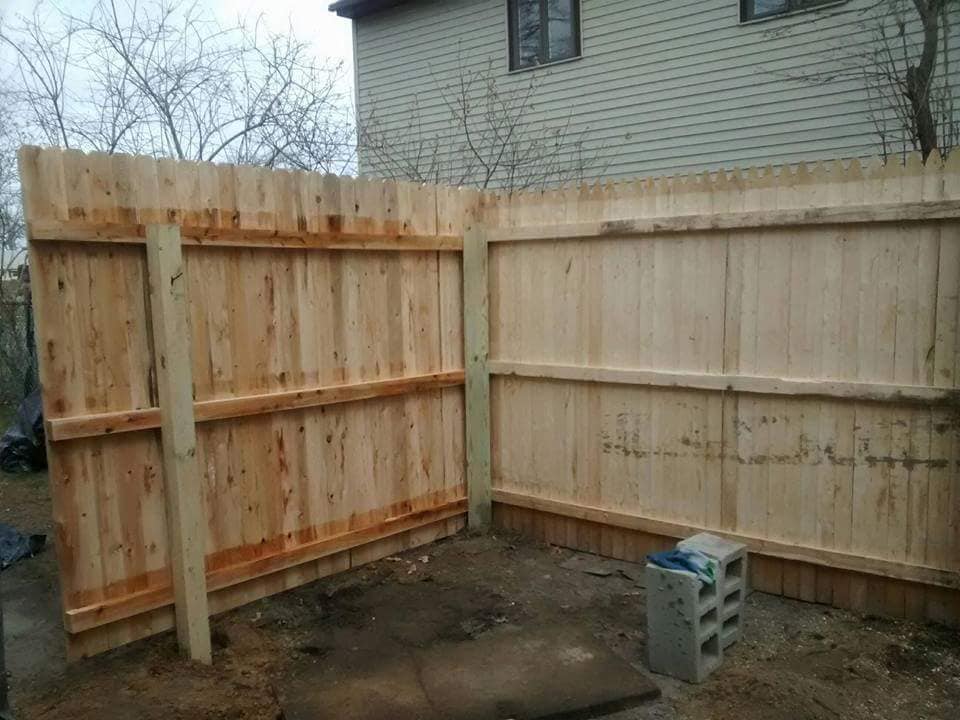
How to paint a wood fence
Prepping the Surface
The first step in painting your wood fence is to prep the surface. This means making sure the fence is clean and free of any dirt, debris, or chipped paint. You can clean your fence with a power washer or by scrubbing it down with a stiff brush and some soapy water. Once the fence is clean, give it plenty of time to dry completely before moving on to the next step.
Choosing the Right Paint
Now that the surface is prepped and ready to go, it's time to choose the right paint for the job. When painting a wood fence, you'll want to use an exterior latex paint that is specifically designed for use on wood surfaces. You'll also want to choose a paint color that complements your home's exterior and fits with your overall landscaping design. Once you've chosen the perfect color, it's time to get painting!
Painting Your Fence
Once you've got all of your supplies gathered, it's time to start painting! Begin by painting the surface of your fence with a brush or roller, working in small sections until you've covered the entire thing. If you're planning on applying a second coat of paint, be sure to wait until the first coat has had plenty of time to dry first. And that's it—you're finished! Now enjoy your newly painted wood fence!
Benefits of staining a wood fence
Stains are generally a better choice than paint, as they allow the wood's natural aesthetics to shine through. Staining your wood fence is a great way to protect it from the elements and keep it looking its best. One of the biggest benefits of staining your fence is that it penetrates into the wood rather than sitting on top of it.
If you have a new wood fence, you may want to consider staining it. A good semi-transparent stain is ideal. This type is not too opaque and only needs a few coats to cover the entire fence. These stains can be any color, but you must choose one that is rated for exterior use. You may wish to apply two coats for the best results. However, stains can take two to three days to fully dry. For these reasons, stain projects should be scheduled when the weather is good.
Protection from the Elements
One of the main benefits of staining a wood fence is that it provides protection from the sun, rain, snow, and wind. UV rays from the sun can cause the color of your fence to fade, while rain and snow can cause the wood to crack and warp. Staining your fence will create a barrier that will protect it from the elements and help it last longer.
Enhance Curb Appeal
Another benefit of staining a wood fence is that it can enhance your curb appeal. A freshly-stained fence looks clean and new, and can really make your landscaping pop. If you’re thinking about selling your home, stained fences have been shown to increase property value.
Save Money in the Long Run
Staining your wood fence may seem like an initial investment, but it will actually save you money in the long run. A
well-maintained fence
will last for years, whereas a neglected fence will need to be replaced much sooner. Plus, stained fences are easier to clean than unstained ones – so you’ll save time and effort in the future!

How to stain a wood fence
Choose Your Stain
The first step in staining your wood fence is to select the right stain for the job. There are two main types of wood stains available on the market: water-based and oil-based. Water-based stains are typically less toxic and have lower VOC levels than oil-based stains. Oil-based stains, on the other hand, provide better coverage and penetration. They also tend to be more durable than water-based stains.
Once you've decided on which type of stain you want to use, you'll need to select a color. If you want a natural look for your fence, you can choose a clear stain or a lighter colored stain. For a bolder look, opt for a dark stained fence. You can also find stains that are tinted with pigment for greater coloration.
Prepare Your Fence for Staining
Before you start staining your fence, you'll need to clean it and remove any old stain that's still present on the surface. You can do this by power washing your fence with a garden hose attachment or by scrubbing it with a stiff brush and soapy water. Rinse off the soap with clean water and let the fence dry completely before proceeding to the next step.
If you're working with a new fence that's never been stained before, you can skip the cleaning step and move directly on to sanding. This will help rough up the surface of the wood so that the stain will be able to adhere better. Use medium grit sandpaper for this task and make sure to wipe off any dust that's left behind when you're finished sanding.
Apply Your Stain
Once it's mixed well, pour some of the stain into a paint tray and load up your brush or roller. If you're using a water-based stain, there's no need to stir it beforehand—just pour it into your paint tray and get started! Start at one end of your fence and work in small sections until you've covered the entire thing. Make sure to work the stain into all of the cracks and crevices so that every bit of wood is evenly coated. Allow the first coat of stain to dry completely before adding additional coats as necessary.
Fencing By Excellence Will Help You Decide What's Best For You
If you still can't decide if you should paint or stain your fence, call Fencing By Excellence—we'll be happy to help you choose the right option for your needs! We specialize in both painting and staining fences, so you can rest assured that your fence will look great no matter what finish you choose. Contact us today to get started!
